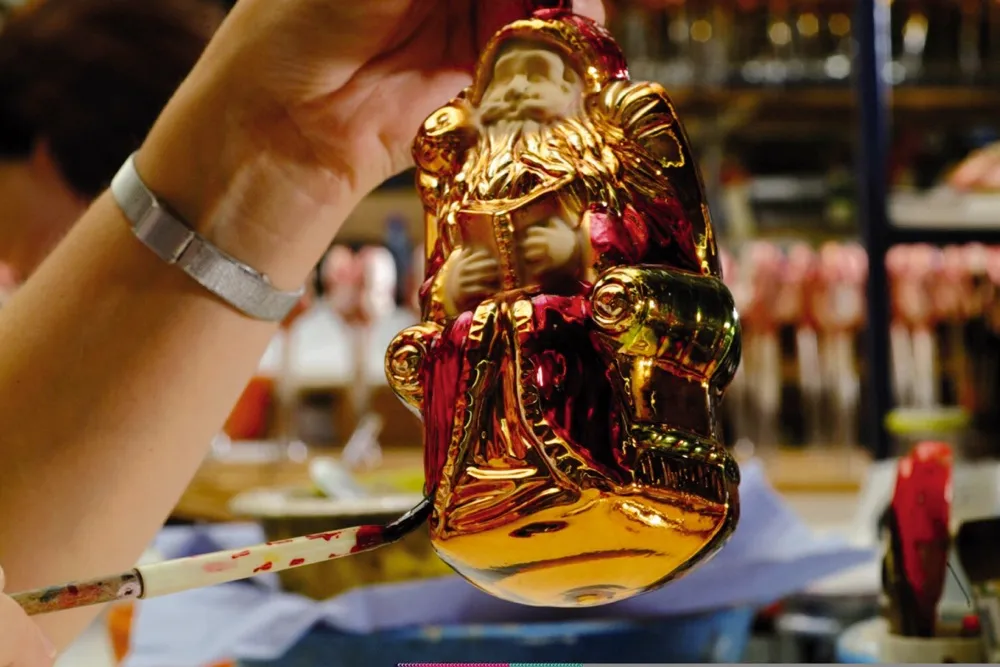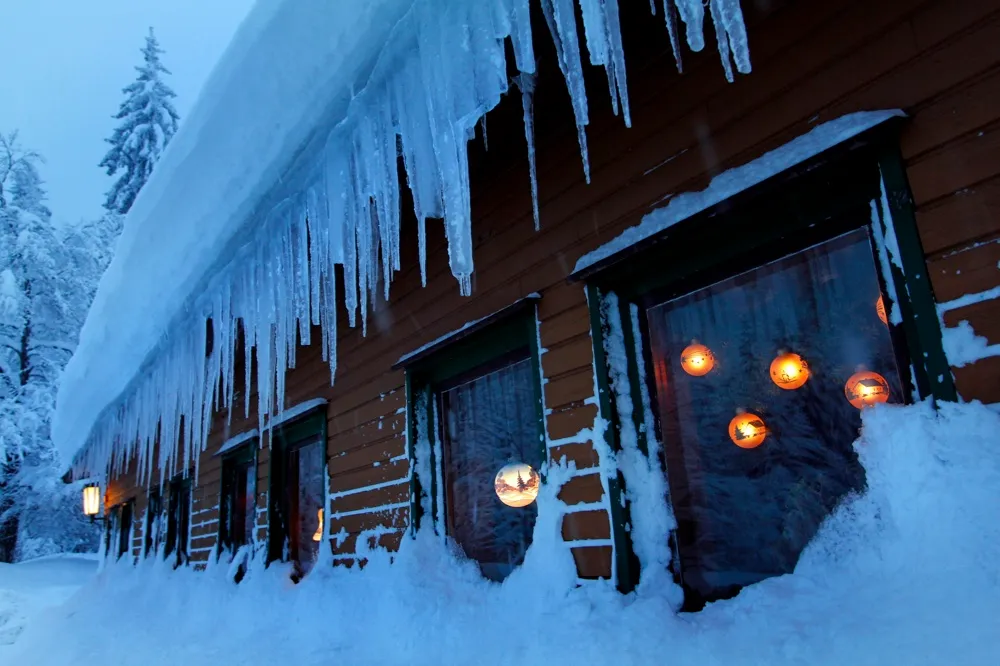Every family has its own Christmas traditions. Each year I dig out a tatty cardboard box (it still has a faded late-50s stamp of a young Queen Elizabeth II on it) packed with a jumble of decorations collected over many decades. I’ve always had a thing about old-fashioned Victorian Christmas trees, and even in my London flat-sharing years, I enjoyed buying the odd decoration at Christmas time, even if a Christmas tree was more of a romantic ideal than a reality.
Personally, I’m not keen on modern designer trees: the colour-themed horrors that you often see sitting in department store windows, not unlike those corporate trees you find in the hall of your local bank. So a few years ago, on a day-trip to visit a Cheltenham antiques dealer, I discovered the charm of original hand-blown glass tree decorations from Germany, amazingly, still reproduced from the original late-19th and early-20th-century moulds and available to buy online. Or, for a bit more cash, the real deal...
Every November, the small East German mountain town of Lauscha holds its famous Christmas Kugelmarket (bauble market). The first hand-blown glass workshop was established in Lauscha (then in the former Duchy of Sachsen-Coburg) as early as 1597. In 1847 a craftsman called Hans Greiner began to make Christmas ornaments in the shape of fruit and nuts that were hand-blown into moulds, and then silvered inside with a special compound of silver nitrate and sugar water. By the 1870s, Lauscha was exporting Christmas ornaments to Britain.

There’s a widespread urban myth that the Christmas tree was first brought to Britain by Prince Albert, especially as the Royal Family’s table tree caused a sensation when it was described in The Illustrated London News in 1848. But as the cultural historian, Judith Flanders, points out in her excellent new book, Christmas, A Biography, Queen Charlotte put up a ‘German’ tree at Windsor as early as 1800- and it's the first Christmas tree that can firmly be dated in Britain.
The subsequent rise in the popularity of the Christmas tree went hand-in-hand with the demand for German glass tree ornaments. In 1879 a one FW Woolworth began to export Lauscha glass ornaments to America, and by 1890 he had created a terrific trade which lasted until the First World War, reviving again in the 1920s and 30s, but grinding to a sudden halt with America’s entry into the Second World War. During the post-war era, the new East German Communist government nationalised the old glass-making workshops and production switched to machine.
However, all was not lost for Lauscha. After the fall of the Berlin Wall, around 20 or so privately run firms were re-established, many producing handmade Christmas decorations in the traditional manner. ‘Figurals’ including fruit (grapes), vegetables (toadstools and gherkins), shoes, nuts, fish, musical instruments, cherubs and angels remain popular, and it’s even possible to buy the head of the Kaiser and a Zeppelin.

If you’ve got a bit more money to spend, there’s a thriving trade in some beautiful antique Christmas ornaments on eBay. The subtle patinas and oxidisations are especially appealing. But as ever with buying online, you do need to be a bit careful: there are some excellent reproductions out there, even with artificially aged patinas; and sellers, although not deliberately dishonest, sometimes lack the knowledge to date things accurately. A useful pointer to look out for is the cap: older caps tend to be stiffer, smaller in size and have a completely different feel and look to modern caps, which are often stamped 'Made in Germany'. Ornaments from the 1930s tend to be lighter in weight and silvered. Caps will be stamped 'Germany'. Ornaments from the Communist period will be stamped 'GDR'.
I’m currently in a buying mood. Last Christmas, our new Whippet puppy, Freddie, thought it would be amusing to have a jolly good rummage in the spare room cupboard where we keep our decorations, supposedly in a safe location. Hearing an ominous thump from upstairs, I opened the door to a scene of complete and utter devastation, with the tail-wagging scallywag presiding over multiple piles of finely powdered glass - not unlike the smashed dolls house dishes in Beatrix Potter’s The Tale of Two Bad Mice.
The critter certainly had impeccable taste: he managed to select (and destroy) one-by-one our entire collection of Lauscha ornaments, leaving behind the new decorations from our local corner shop - and as an extra little Christmas present for me: half an hour’s worth of clearing up.
Luke Honey is an antiques dealer, blogger and writer. For more information on visiting Lauscha and its famous bauble market, or Kugelmarket, visit visit-thuringia.com
All images courtesy of Visit Thuringia
